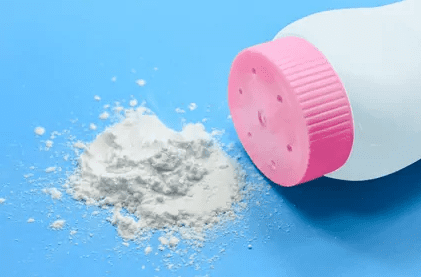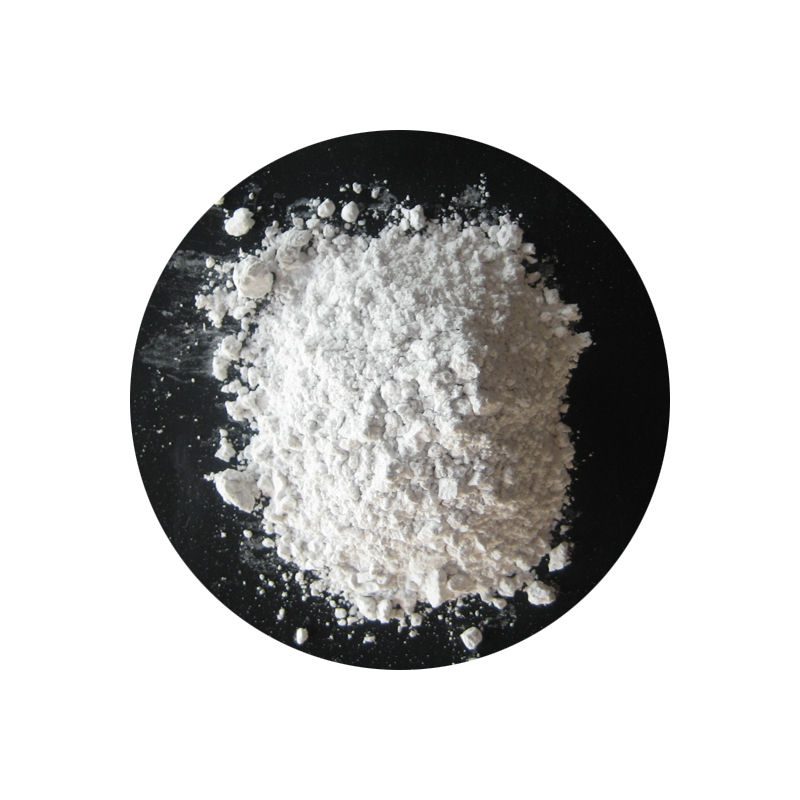
Talcum powder, scientifically known as talc, is a soft, powdery mineral composed primarily of hydrated magnesium silicate with the chemical formula Mg3Si4O10(OH)2. It has been an essential material in various industries and everyday products for decades due to its unique physical and chemical properties.
Physical and Chemical Properties
Talc is the softest mineral on the Mohs scale, registering a hardness of 1. This extreme softness gives talcum powder its smooth, silky feel, which is highly valued in many applications. It has a high melting point, typically around 600-700°C, and is inert to most chemicals, making it stable in a wide range of environments. Talcum powder is also odorless, tasteless, and has excellent lubricating properties, as well as the ability to absorb moisture and oils.
Production and Sources
Talc is mined from natural deposits around the world. Major producers include the United States, China, India, Australia, and Brazil. The mining process involves extracting the talc ore from the ground, which is then crushed and processed. After crushing, the ore undergoes a series of purification steps to remove impurities such as other minerals like magnesite, dolomite, and chlorite. These purification methods may include physical separation techniques like screening and flotation, as well as chemical treatments in some cases. The final product is a fine, white powder that can be further processed to meet specific industry requirements in terms of particle size, purity, and other characteristics.
Industrial Applications
Plastics Industry
In the plastics manufacturing sector, talcum powder is widely used as a filler and reinforcing agent. When added to plastic resins, it can enhance the mechanical properties of the final product. It improves the rigidity, dimensional stability, and heat resistance of plastics. For example, in polypropylene (PP) and polyethylene (PE) compounds, talc-filled plastics are used in various applications such as automotive parts (bumpers, interior trims), household appliances, and packaging materials. The addition of talcum powder also helps to reduce the cost of plastics by replacing a portion of the more expensive resin.
Paper Industry
In papermaking, talcum powder serves multiple purposes. It is used as a coating pigment to improve the surface smoothness, brightness, and printability of paper. Coated papers, which are commonly used in high-quality printing such as magazines, brochures, and textbooks, rely on talc to achieve a uniform and attractive surface. Additionally, talc is added to the paper pulp as a filler to enhance the opacity and thickness of the paper while reducing the amount of expensive wood pulp needed. This not only saves costs but also improves the overall quality of the paper products.
Paint and Coatings Industry
Talcum powder is an important ingredient in paints and coatings. As a filler, it can enhance the durability, hardness, and weather resistance of the coatings. It helps to prevent the settling of pigments and improves the suspension of the paint components, resulting in a more uniform and consistent product. Talc also contributes to the smooth application of paints, whether it’s for architectural coatings on walls and ceilings or industrial coatings on metal and other surfaces. In addition, its ability to absorb oils and moisture can help in controlling the drying time and texture of the coatings.
Rubber Industry
In the rubber industry, talcum powder is used as a filler and processing aid. It can improve the mechanical properties of rubber, such as tensile strength, tear resistance, and abrasion resistance. Talc-filled rubber is commonly used in the production of tires, conveyor belts, seals, and gaskets. During the rubber manufacturing process, talc helps to prevent the rubber sheets from sticking together, making it easier to handle and process. It also contributes to the dimensional stability of the rubber products, ensuring they maintain their shape and performance under various conditions.
Consumer Applications
Cosmetics and Personal Care
Talcum powder has been a staple in cosmetics and personal care products for a long time. In baby powders, it is used to keep the skin dry and prevent diaper rash by absorbing moisture. It also provides a smooth and soft feel to the skin. In makeup products such as face powders, blushes, and eyeshadows, talc serves as a base ingredient that helps to evenly distribute the pigments and provides a silky texture. It can absorb excess oil on the skin, keeping the makeup looking fresh and matte for longer. Additionally, talc is used in some deodorants and antiperspirants to absorb moisture and reduce odor-causing bacteria.
Pharmaceuticals
In the pharmaceutical industry, talcum powder is used in various ways. It is sometimes used as a lubricant in tablet manufacturing to help the tablets form properly and prevent them from sticking to the machinery. Talc can also be used as a dusting powder in certain medical applications, such as to keep surgical gloves from sticking together or to protect the skin in specific medical conditions. However, it’s important to note that in pharmaceutical use, strict quality control and purity standards are followed to ensure the safety of the products.


Safety and Regulations
Talcum powder is generally considered safe for use in various applications when it is pure and free from contaminants, especially asbestos. Asbestos is a known carcinogen, and in the past, some talc deposits were found to be contaminated with asbestos. However, modern production processes include rigorous testing and purification steps to ensure that commercial talcum powder is asbestos-free. Regulatory bodies around the world, such as the U.S. Food and Drug Administration (FDA) and the European Commission, have strict standards and regulations in place to monitor the quality and safety of talcum powder used in consumer and industrial products. Manufacturers are required to comply with these regulations to ensure the safety of their products.
In conclusion, talcum powder is an incredibly versatile material with a wide range of applications in both industrial and consumer products. Its unique properties make it an essential ingredient in many industries, contributing to the quality, performance, and functionality of countless products we use every day. With proper production practices and safety regulations, talcum powder continues to be a valuable and reliable material in various sectors.
